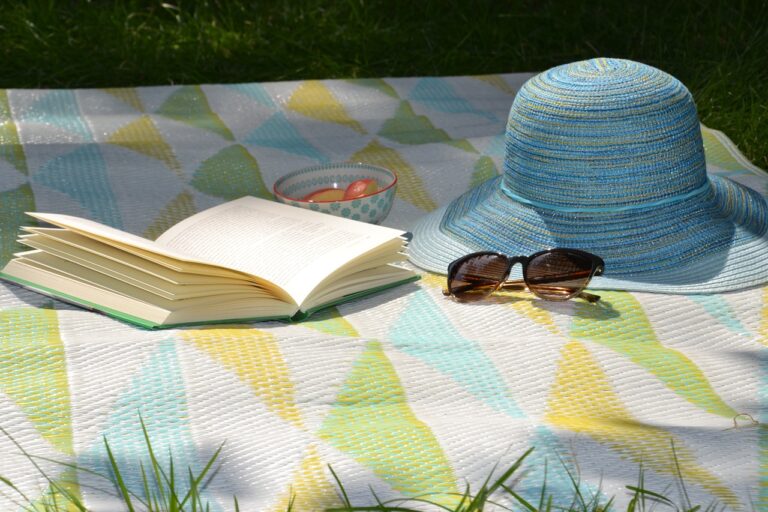Textile Designing for Garment and Fabric Prints
Textile designing plays a crucial role in the fashion and apparel industry, contributing to the unique and aesthetic appeal of garments and fabrics. It is an art form that involves creating patterns, prints, and textures on fabrics that are used in clothing, accessories, home furnishings, and more. Textile designing integrates creativity with technology, blending traditional techniques with modern tools to produce captivating designs for various types of fabrics. In the context of garment and fabric prints, textile design becomes an essential factor in determining the final look, feel, and quality of the product.
What is Textile Designing?
Textile designing refers to the process of creating designs that are woven, knitted, or printed onto fabric. It encompasses a broad spectrum of activities ranging from pattern creation, color selection, and the integration of motifs to experimenting with materials and textures. The primary goal is to enhance the aesthetic and functional value of fabrics used in the production of clothing, furnishings, and decorative items.
There are two major aspects of textile design:
- Fabric Construction: This deals with the physical creation of the fabric through methods like weaving, knitting, or non-woven processes.
- Surface Design: This focuses on adding visual elements such as prints, embroidery, dyeing, and other embellishments to enhance the appearance of fabrics.
The Role of Textile Designing in Garments
In garment production, textile designing is instrumental in creating distinctive looks that set fashion collections apart from one another. It is often the prints, textures, and patterns that give a garment its identity and appeal to a particular audience. From floral prints to abstract geometrical patterns, every design element reflects the mood and concept behind the clothing line.
Designers often work closely with fashion designers to create prints that align with a collection’s theme, target demographic, or seasonal trends. For example, soft pastel prints might be ideal for a spring-summer collection, while bold, vibrant patterns may dominate fall-winter garments. Textile designers also consider fabric types, ensuring that the prints complement the material’s texture and drape.
Techniques in Textile Designing for Fabric Prints
There are several key techniques used in textile designing for fabric prints:
- Block Printing: A traditional method where wooden blocks are carved with intricate designs, dipped in dye, and pressed onto fabric to create repeated patterns.
- Screen Printing: This technique uses a stencil or screen to apply layers of ink on the fabric. It is one of the most common methods for producing bold and bright patterns.
- Digital Printing: A more recent advancement in textile designing, digital printing allows for highly detailed, photographic-quality prints. This method uses inkjet technology to directly apply designs to fabric, offering flexibility in color and pattern.
- Tie-Dye and Batik: These are resist-dyeing techniques where parts of the fabric are tied or waxed before dyeing to create unique, abstract patterns.
- Embroidery and Embellishment: Though not a print technique, embroidery adds texture and dimension to fabrics, often combining with printed designs for a more intricate aesthetic.
Digital Revolution in Textile Designing
The introduction of digital tools has revolutionized textile designing. With software like Adobe Illustrator, Photoshop, and CAD systems, designers can now create complex patterns, simulate fabrics, and visualize garments before the actual production. This not only speeds up the design process but also reduces material wastage, offering more sustainable solutions.
Digital printing has become a preferred method for many textile designers due to its precision and ability to produce small runs without the need for expensive screens or rollers. This method also supports on-demand manufacturing, making it easier to meet consumer demands for customization and limited-edition prints.
Textile Designing and Sustainability
Sustainability has become a significant concern in the textile industry, and designers are actively seeking ways to reduce the environmental impact of fabric production. Innovations such as waterless dyeing, organic materials, and eco-friendly printing methods are becoming more common. Textile designers play a pivotal role in ensuring that their creations are not only visually appealing but also environmentally responsible.
By incorporating sustainable practices into their design process, such as using recycled materials, natural dyes, or energy-efficient techniques, designers can help reduce the industry’s carbon footprint. This trend towards eco-conscious textile designing is increasingly embraced by both fashion brands and consumers who are keen to support environmentally friendly practices.
Conclusion
Textile designing is an art and science that significantly influences the fashion and apparel industry, especially in the realm of garment and fabric prints. From traditional methods like block and screen printing to modern digital techniques, textile designers have a wide array of tools at their disposal to create stunning and unique fabric designs. As the industry moves toward more sustainable practices, textile designing will continue to evolve, combining creativity with innovation to meet the aesthetic and ethical needs of contemporary consumers.
In short, textile designing is not just about creating beautiful patterns; it is about shaping the fabric of fashion itself.







